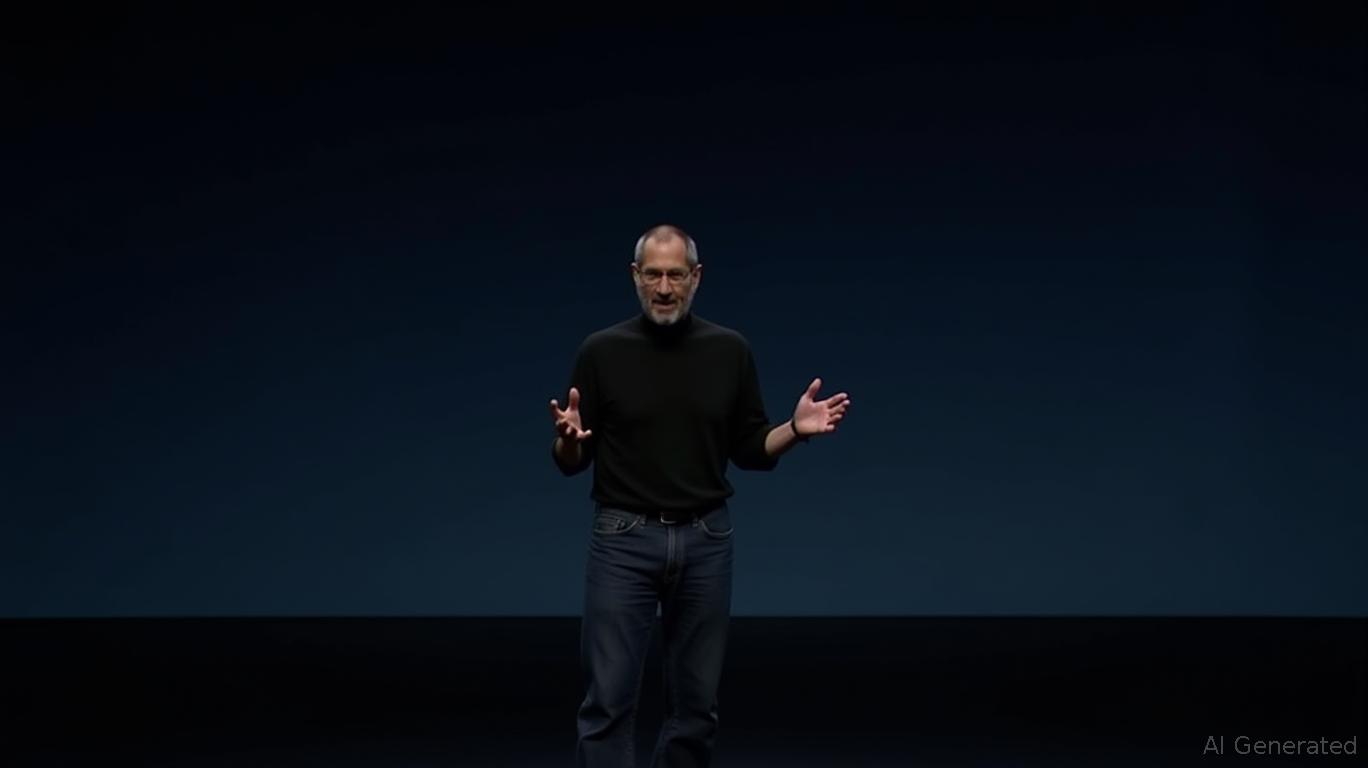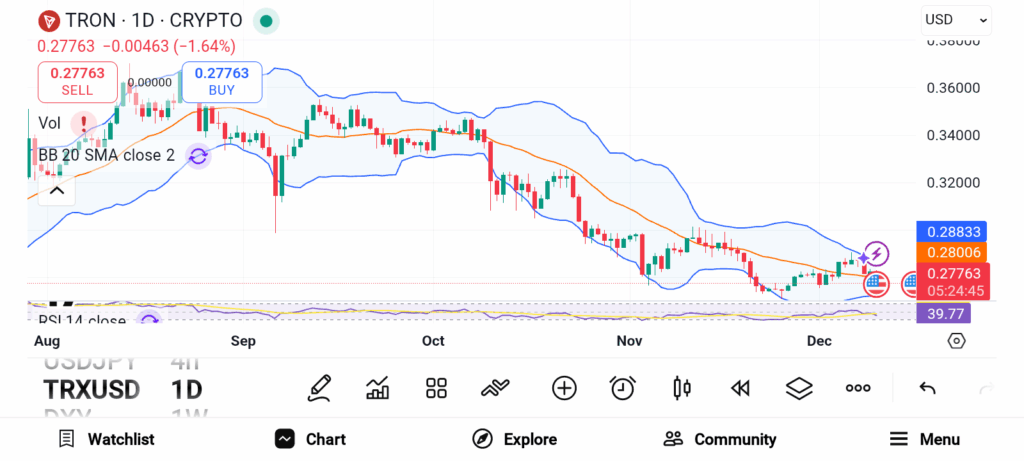Steve Jobs' Bold Presentation Changed Smartphone Displays for Good
- Steve Jobs pressured Corning to produce the first iPhone screen in 2007, accusing its leaders of fearing risk despite initial reluctance. - This collaboration led to Gorilla Glass becoming the smartphone industry standard, reshaping mobile device design and durability. - Apple's $2.5B U.S. glass production investment triples Corning's Kentucky factory capacity, aligning with its China diversification strategy. - Legal challenges persist as Apple appeals Epic Games' App Store ruling, with potential $10B a
Apple's groundbreaking partnership with
Back then, Corning was reluctant to sign on to manufacture the iPhone’s glass screen, with internal voices suggesting the deal should be declined. Jobs, however, used his reputation for relentless standards and boldness to persuade Weeks. "Do you know what your problem is? You're afraid. You know, you're afraid I'm going to launch the biggest product in history, and I'm not going to be able to do it because you failed, and I'm going to eviscerate you," Jobs reportedly told Weeks, according to AppleInsider. The conversation, described as a masterclass in persuasion, convinced Corning to take the leap, resulting in the creation of Gorilla Glass, which soon became the industry norm for smartphones.

The alliance has since progressed, with Corning now providing the advanced Ceramic Shield 2 for the iPhone 17.
At the same time, Apple continues to deal with legal disputes, including its appeal in the Epic Games App Store lawsuit. The company is trying to overturn a federal court order that prevents it from collecting commissions on purchases made outside the App Store, arguing that the decision imposes excessive financial burdens, according to
Investor outlook remains cautiously positive, with Loop Capital upgrading Apple to a "Buy" rating and increasing its price target to $315, citing strong demand for the iPhone 17 and expectations for sustained growth through 2027, according to a
Disclaimer: The content of this article solely reflects the author's opinion and does not represent the platform in any capacity. This article is not intended to serve as a reference for making investment decisions.
You may also like
Crypto Lending Protocol Aave Says SEC Has Ended 4-Year Investigation: 'DeFi Will Win'
Shiba Inu Price Prediction: MetaMask Introduces BTC Support, Meme Coin Traders Ape Into DeepSnitch AI for Early AI Agent Access

Top 3 Cryptos Dominating the Market in December 2025: TRX, XLM, and XMR

Experienced Analyst Explains Why Bitcoin And Altcoins Fell, Points To This Date For Recovery